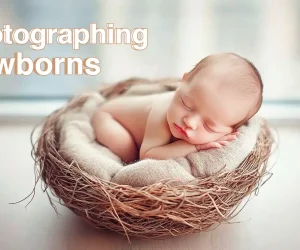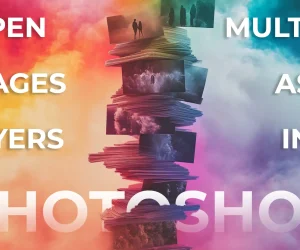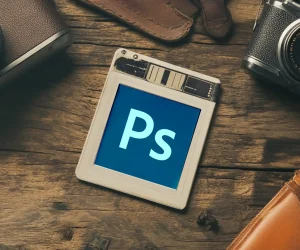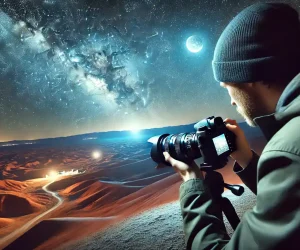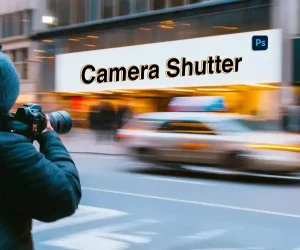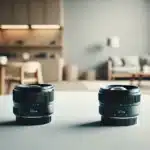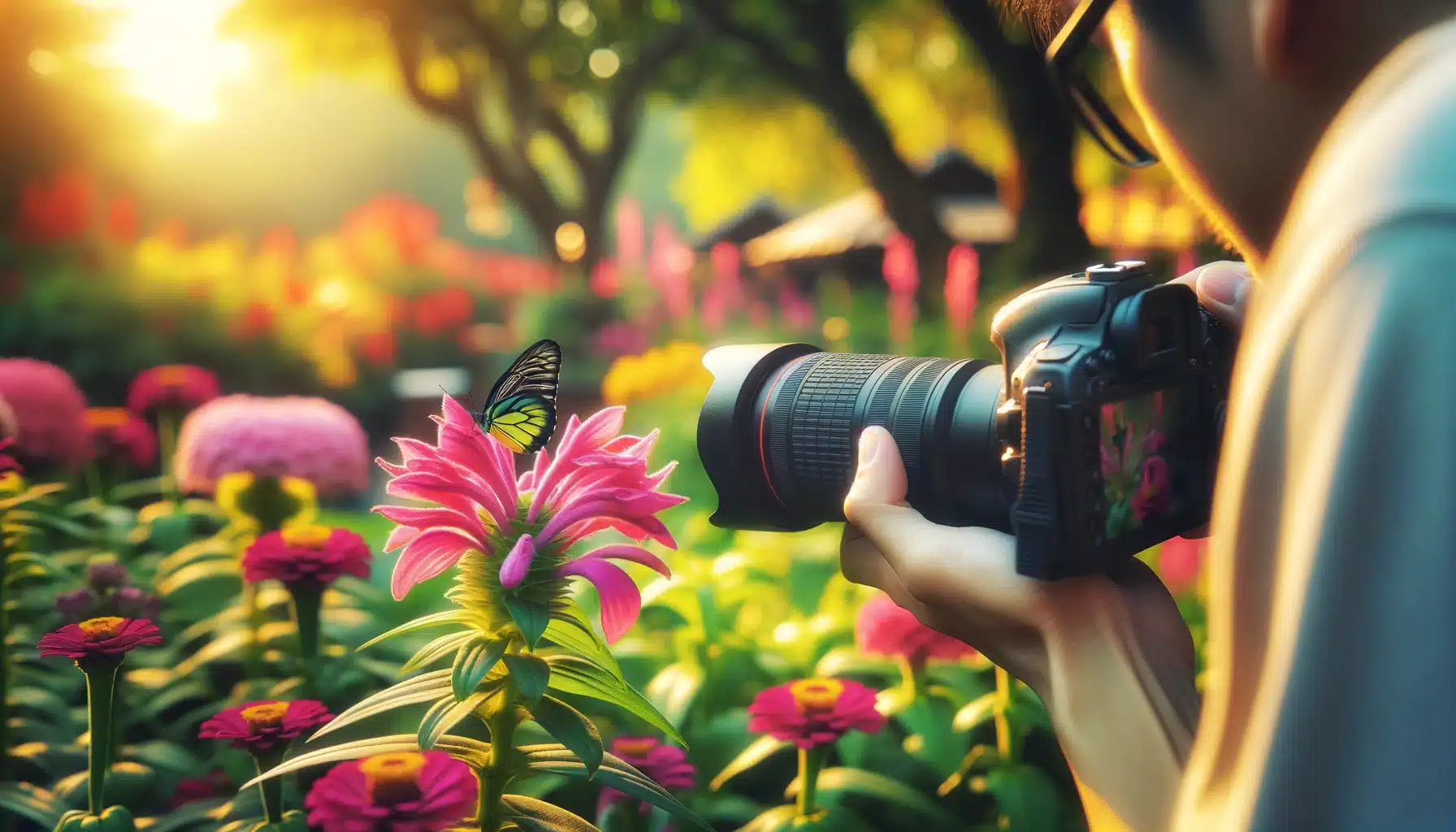
Welcome to the captivating world of insect photography! If you’re eager to capture the intricate beauty of insects up near at hand, you’re in the right place. In this comprehensive guide on “Tips for Photographing Insects,” we’ll delve into expert strategies and techniques to help you master the art of insect photography like a pro.
From getting up close and personal with your tiny subjects to understanding the nuances of lighting and concentrate, this article is your gateway to unlocking stunning macro photographs of insects. Whether you’re a seasoned photographer looking to refine your skills or a beginner venturing into the fascinating realm of macro photography, these tricks will empower you to elevate your insect photography game.
So, grab your camera, gear up with essential knowledge, and let’s embark on an enthralling journey into the enchanting world of insect photography!
Table of Contents
Tips for Photographing Insects
Insect photography is a unique and rewarding niche that requires patience, skill, and a keen eye for detail. Here are essential ideas and techniques to help you capture stunning photographs of insects:
Get near the Insects
- Patience is key. Take your time to observe insect behavior and movement patterns before approaching.
- Use camouflage techniques to blend in with the surroundings and avoid startling the insects.
- Opt for a quiet approach and avoid sudden movements that can scare away your subjects.
Work on Focus
- Use a macro lens for sharp and detailed close-up shots of insects.
- Practice manual focal point to ensure precise focusing on the insect's eyes or focal point.
- Experiment with center stacking techniques to combine multiple photographs with different focus points for enhanced depth of field.
Pro Tip: Learn how to add lens flare in Photoshop for an even better looking photograph!
Experiment with Creative Angles
- Explore different angles and perspectives to add variety and visual interest to your insect photographs.
- Try shooting from low angles to capture insects at eye level and showcase their unique features.
- Experiment with wide-angle contacts for capturing insects in their natural habitats, providing context and storytelling in your pictures.
Pay Attention to Lighting
- Utilize natural light whenever possible for soft and flattering illumination of insects.
- Avoid harsh midday sunlight and opt for early morning or late afternoon light for warm and gentle lighting conditions.
- Consider using diffusers or reflectors to control and manipulate light for desired effects in your insect photographs.
Use Focus Light
- In low-light situations, use an anchor light or flashlight to assist in acquiring accurate center of attention on insects.
- Position the anchor light near the insect's eyes or focal point to highlight details and create captivating representations.
Capture Movement
- Incorporate movement into your insect photographs to add dynamism and storytelling
- Experiment with techniques like panning to catch insects in motion or freezing motion for crisp and action-packed shots.
- Be patient and anticipate insect movements to seize decisive moments effectively.
Know Your Instruments
- Familiarize yourself with your camera settings, including ISO, shutter speed, and aperture, for optimal control over exposure and image quality.
- Invest in quality macro lenses or extension tubes to achieve close-up shots with exceptional clarity and detail.
- Explore post-processing techniques in software like Adobe Lightroom to enhance and refine your insect photographs further.
By applying these points and techniques, you’ll be well-equipped to navigate the fascinating world of insect photography and detain breathtaking pictures that showcase the beauty and diversity of insects in nature.
Advanced Techniques for Insect Photography
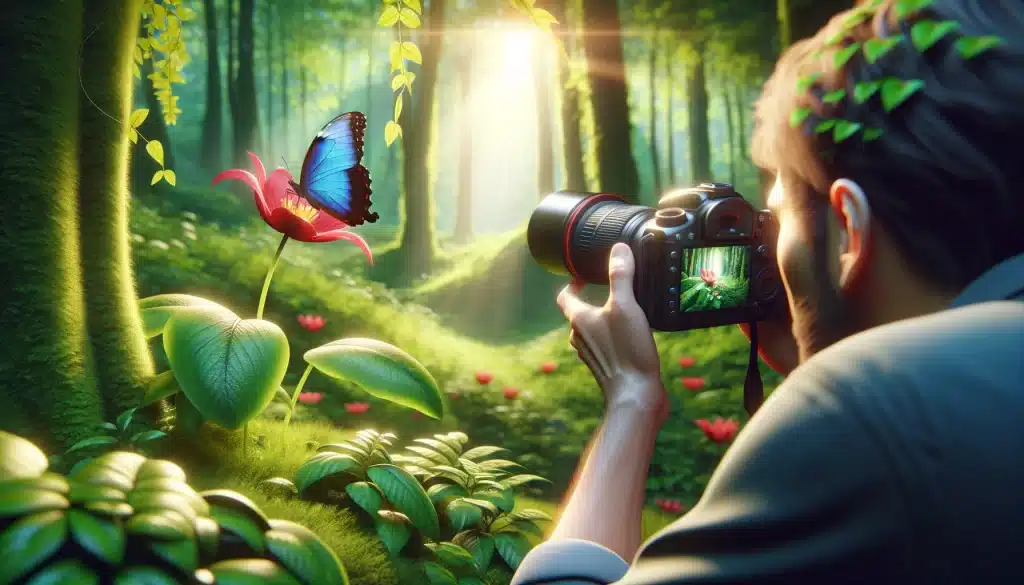
Insect photography presents a myriad of challenges and opportunities for photographers looking to push the boundaries of their creativity. Unlocking the secrets of macro photography allows photographers to capture the intricate details and beauty of the tiny world around us.
By mastering advanced techniques such as depth of field control, creative lighting manipulation, and composition mastery, photographers can elevate their work to a level that mesmerizes and inspires viewers. Join us on this journey as we delve into the nuances of advanced insect shooting techniques. Let’s explore advanced techniques that can take your insect photography skills to new heights:
Focus Stacking for Maximum Detail
- Utilize focus stacking techniques to combine multiple resemblances with varying central points.
- Use software like Helicon Focus or Adobe Photoshop to merge representation and achieve exceptional depth of field.
- Experiment with different concentration stacking methods to arrest intricate details of insects with sharpness throughout the image.
Specialized Equipment for Macro Photography
- Invest in dedicated macro contacts or extension tubes for close-up shots with superior magnification.
- Explore specialized accessories like macro flashes or ring lights for even and controlled lighting in macro photography.
- Consider using lens filters or magnifiers to enhance the magnification and clarity of insect subjects.
Creative Composition and Perspective
- Experiment with unconventional angles and perspectives to create unique and captivating compositions.
- Try shooting insects from below to showcase their intricate patterns and textures against the sky or foliage.
- Incorporate natural elements like flowers, leaves, or water droplets to add context and visual interest to your insect photographs.
Mastering Manual Focus and Exposure
- Practice manual cornerstone techniques to precisely control basis on specific parts of the insect, such as eyes or wings.
- Fine-tune exposure settings like ISO, shutter speed, and aperture for optimal exposure in various lighting conditions.
- Use exposure bracketing to record a range of exposures and blend them for perfectly exposed insect photographs.
Capturing Insects in Flight
- Experiment with high-speed snapping techniques to freeze motion and seize insects in mid-air.
- Use fast shutter speeds and continuous shooting mode to increase your chances of capturing dynamic flight moments.
- Anticipate insect behavior and movements to position you for optimal flight photography opportunities.
Post-Processing and Editing Techniques
- Explore advanced post-processing techniques in software like Adobe Light room or imprison one for refining and enhancing insect photographs.
- Use selective editing tools to adjust colors, contrast, and sharpness to make your images stand out.
- Experiment with creative effects like Orton Effect or selective blurring to add artistic flair to your insect photography.
By incorporating these advanced techniques into your insect photography workflow, you’ll unlock new creative possibilities and capture stunning images that showcase the intricate beauty of insects in extraordinary detail.
Comparing Essential Tips and Advanced Techniques in Insect Photography
| Aspect | Points for taking a picture of Insects | Advanced Techniques for Insect Photography |
|---|---|---|
| Focus Techniques | Use manual focus for precise focusing on the insect’s eyes | Utilize focal point stacking techniques to combine multiple images with varying focus points for extended depth of field |
| Equipment | Use macro lenses or extension tubes for close-up shots | Invest in specialized macro lenses or extension tubes for superior magnification and detailed shots |
| Lighting Control | Utilize natural light and avoid harsh sunlight | Manipulate light sources and consider artificial lighting for creative effects |
| Composition Strategies | Experiment with different angles and perspectives | Explore unconventional angles and perspectives for unique compositions |
| Movement Capture | Incorporate movement into photographs | Experiment with high-speed photography techniques to capture insects in flight |
| Post-Processing and Editing Techniques | Use basic editing for clarity and color enhancement | Explore advanced post-processing techniques for refining and enhancing images |
This table highlights the key differences between the essential spikes for shooting insects and the advanced techniques for insect photography.
Most Asked Questions about Tips for Photographing Insects
Here are short and useful answers to the frequently asked questions about insect photography:
Best Settings for Insect Photography:
- Use a low ISO (around 100-400) for minimal noise.
- Opt for a mid-range aperture (f/8 to f/11) for a balance between depth of field and sharpness.
- Set a faster shutter speed (1/250 to 1/1000) to freeze insect movement and catch details.
Shutter Speed for Insect Photography:
- A fast shutter speed (1/250 or faster) is ideal for freezing the rapid movements of insects.
- Adjust the shutter speed based on the insect's speed and behavior to avoid motion blur.
Best Aperture for Insects:
- Choose a mid-range aperture (around f/8 to f/11) to ensure a sufficient depth of field while maintaining sharpness.
- Adjust aperture based on the size and distance of the insect to achieve desired focus and background blur.
Best Lighting for Insect Photography:
- Utilize natural light during the golden hours (early morning or late afternoon) for soft and flattering illumination
- Avoid harsh midday sunlight and use diffusers or reflectors to control and enhance lighting conditions.
- Experiment with artificial lighting sources like flash or LED panels for creative lighting effects.
Final Words About Tips for Photographing Insects
As I reflect on the journey through advanced insect photography techniques, I’m reminded of a memorable experience capturing a delicate butterfly perched on a vibrant flower petal. Using focus stacking and specialized macro equipment, I was able to unveil the intricate details of its iridescent wings with stunning clarity. This moment not only exemplified the power of advanced techniques but also ignited my passion for pushing the boundaries of creativity in photography.
If you’re eager to embark on a similar journey and elevate your photography skills, I highly recommend exploring our comprehensive courses on Adobe Photoshop and Adobe Light room. These courses delve deep into the intricacies of photo editing and manipulation, empowering you to transform your raw captures into visually stunning masterpieces. Whether you’re a beginner or an experienced photographer, there’s always something new to learn and explore in the world of digital editing.
Don’t miss out on the opportunity to enhance your skills and unleash your creative potential. Enroll now in our Photoshop Course or Lightroom Course and embark on a transformative journey towards becoming a proficient digital artist. Join our community of passionate learners and let’s embark on this exciting adventure together!
If the “Tips for Photographing Insects” article has helped you, then Like and Share it with your friends!
Have a nice photoshoot!
Read more about: Photography Techniques



